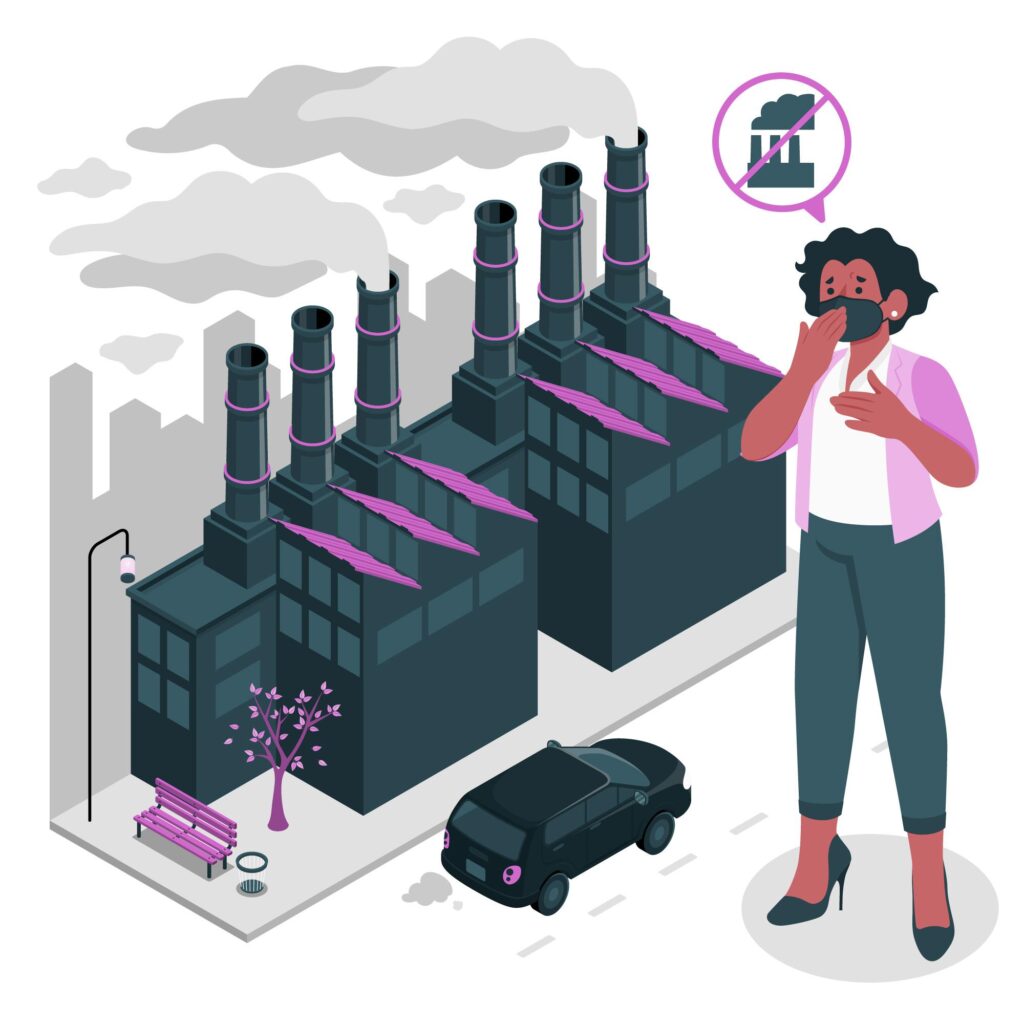
Air Quality Monitoring: Breathe Easy with Smarter Solutions
Air quality matters more than ever. Whether you’re indoors or outside, the air you breathe affects your health, mood, and overall well-being. With rising pollution levels, allergens, and invisible toxins, keeping track of air quality has become essential. But don’t worry—modern air quality monitoring solutions make it easy for you to stay informed and breathe cleaner air.
Why Air Quality Monitoring Matters More Than You Think
You might not see it, but the air around you could be filled with pollutants like dust, smoke, mold spores, and harmful chemicals. Poor air quality can lead to allergies, headaches, fatigue, and even long-term respiratory issues.
If you ever feel sluggish, get frequent headaches, or notice strange odors at home, your air quality could be to blame. With an air quality monitor, you can detect hidden pollutants and take action before they affect your health.
How Does an Air Quality Monitor Work?
An air quality monitor is like a health tracker for your environment. It uses sensors to measure pollutants such as:
- Particulate matter (PM2.5 and PM10): Tiny particles from smoke, dust, and pollution that can enter your lungs.
- Volatile organic compounds (VOCs): Chemicals from cleaning products, paints, and furniture that can cause breathing issues.
- Carbon dioxide (CO2): High levels can make you feel drowsy, affecting concentration and productivity.
- Humidity levels: Too much moisture can lead to mold, while dry air can irritate your skin and throat.
These devices provide real-time updates, alerting you when air quality drops so you can take action immediately.
Where Should You Place an Air Quality Monitor?
To get the most accurate readings, you need to place your air quality monitor in the right spots. Here’s where to put it:
- Living room: The most frequently used space where dust, pet dander, and VOCs accumulate.
- Bedroom: Poor air quality at night can disrupt sleep, so monitoring it helps create a healthier sleeping environment.
- Kitchen: Cooking releases smoke, fumes, and VOCs, so tracking indoor pollution here is crucial.
- Office or workspace: High CO2 levels can lower productivity and cause fatigue.
If you have multiple rooms, consider getting a smart monitor that tracks air quality throughout your home.
How to Improve Your Indoor Air Quality?
Once you’ve identified the air quality issues, the next step is fixing them. Here are some simple ways to improve your indoor air:
- Use an air purifier: A good purifier removes dust, pollen, and harmful particles, making breathing easier.
- Ventilate your space: Open windows daily to allow fresh air to circulate and push out pollutants.
- Avoid synthetic fragrances: Air fresheners and candles may smell great but often release VOCs. Opt for natural alternatives instead.
- Keep humidity in check: Use a dehumidifier if your home is too damp or a humidifier if the air is too dry.
- Go green with houseplants: Plants like snake plants and peace lilies help absorb toxins and improve air quality.
These small changes can make a big difference in creating a healthier environment.
Best Air Quality Monitors for Every Budget
Choosing the right air quality monitor depends on your needs. Here are some of the best options:
- Budget-friendly: Simple models like the Temtop M10 are affordable yet effective in detecting PM2.5 and VOCs.
- Mid-range: Devices like the Awair Element offer real-time insights and smartphone connectivity for easy monitoring.
- High-end: Premium models like the Airthings View Plus track multiple pollutants and integrate with smart home systems.
If you’re serious about air quality, investing in a high-quality monitor will give you better insights and long-term benefits.
Final Thoughts: Clean Air is a Necessity, Not a Luxury
Monitoring air quality isn’t just for health-conscious people—it’s for everyone. Whether you live in a city with heavy pollution or a countryside home with allergens, tracking air quality helps you stay ahead of potential risks. With the right air quality monitor and simple lifestyle changes, you can create a cleaner, safer, and healthier space for you and your family. After all, fresh air isn’t just a luxury—it’s something you deserve every single day

